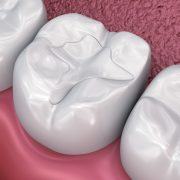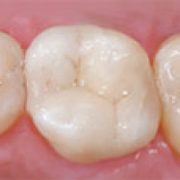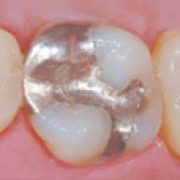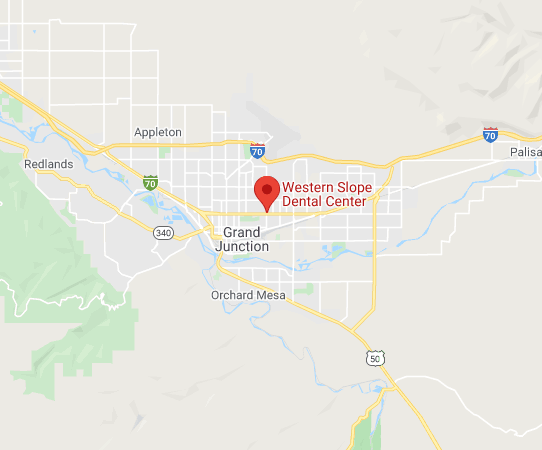How Long do Dental Fillings Last?
For many adults, dental fillings are part of growing up. You probably got your first dental filling as a child, with subsequent fillings in the following years. For adult generations today, it wasn’t uncommon to get cavities, given all the candy bars, sugary cereals and cookies that were happily given to kids. Now, of course, we know more about the ravages of sugar, and more people have the chance to never even need a dental filling. But getting back to childhoodfillings in Grand Junction, CO, just how long would those fillings be expected to last? And if you get a dental filling now, will it need to be replaced somewhere along the line?
Types of Fillings and Their Lifespan
The material that your dentist uses in your filling factors into how its lifespan plays out. Amalgam fillings, made from a mixture of metals, are known for their strength and can last 10 to 15 years or longer with proper care. Composite resin fillings, which are tooth-colored and blend seamlessly with your teeth, typically last 5 to 10 years. Gold fillings are durable and can last 20 years or more, while ceramic fillings provide an aesthetic option with a lifespan of about 10 to 15 years.
When to Replace a Filling
Over time, fillings can become loose, crack, or wear down, leaving your tooth vulnerable to decay. Common signs that a filling needs replacement include sensitivity, pain, or visible damage. If you notice any of these issues, schedule a dental visit promptly with yourdentist in Grand Junction, CO.
By choosing the right material and maintaining good oral hygiene, you and your dentist can maximize the lifespan of your dental fillings, keeping your smile healthy and strong for years to come. Contact us to learn more.







